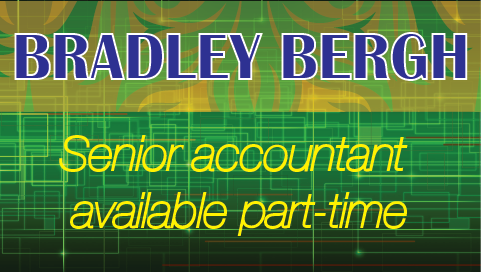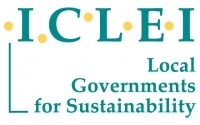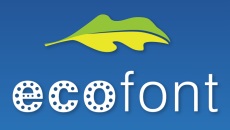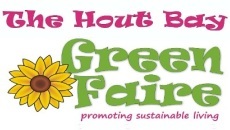A new report shows that green building is profitable and increases productivity of building staff.
The financial viability of commercial green buildings is foremost on the minds of South African property developers, and a new report from the Green Building Council of South Africa (GBCSA) delves into this issue, driving home the compelling business case for green building.
The ‘Rands and Sense of Green Buildings’ contains evidence-based studies on the costs and benefits of green building in countries with established green building markets such as the US and Australia, as well as local case studies, examples and anecdotal evidence.
local and international case studies included
For the first time in South Africa, case studies of eight Green Star SA rated buildings, as well as a number of South African existing building case studies, and eleven international case studies are included in the report.
“Rands and Sense of Green Buildings is a pivotal report, as it sets out the economic case for green building in a clear, incontestable manner based on international experience, local evidence and case studies. It dispels the myth that green building is more expensive, lists the benefits of green building and provides the local proof of these,” explains GBCSA CEO Brian Wilkinson.
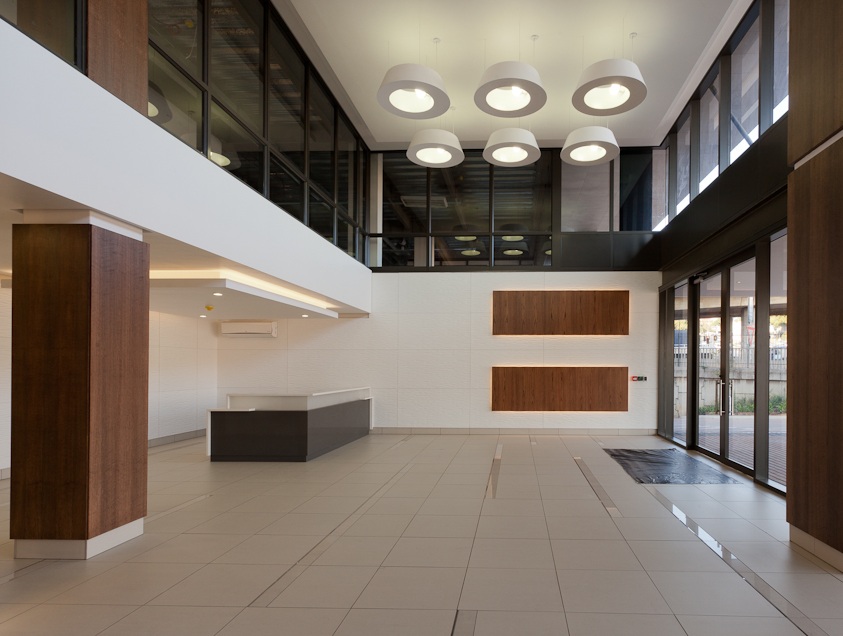
report dispels the myth
Results from the numerous studies referred to in the report have shown that there is no significant cost difference between the construction of green buildings compared with conventional buildings, and green buildings achieve better investment returns and higher valuations. This emphasises that the reason most often cited for not incorporating green elements into building design - namely the increased initial capital outlay - is unfounded. A common misperception is that building green can add as much as 17% capital cost to a project. The Rands and Sense of Green Buildings report shows that this is simply not the case.
The majority of reported premiums in the US are between 0% and 4%. In Australia, the latest studies show that a 4 Star Green Star building is actually cheaper to build on average; while a 6 Star Green Star building – signifying world leadership – usually has a relatively small premium of about 6%.
more accurate cost premiums
The comparative immaturity of the South African green building market, means there have not yet been any broad empirical studies on the capital cost impacts of green building locally. However, the local case studies documented in the report show that the South African property industry can expect cost premiums of a new commercial green building to be between 1% and 10%.
In young green building markets like South Africa, sustainable buildings generally incur a green premium above the cost of standard construction. However, once these markets mature and green building materials and practices become more prevalent, these ‘new market premiums’ decrease and green building can be done at similar costs to conventional buildings.
“Rands and Sense will undoubtedly influence the strategies of all property investors, owners and developers and will surely be catalyst in ensuring that green building becomes the standard for all property projects,” adds Wilkinson.
higher returns on assets
“While there seems to be consensus on the environmental benefits of green buildings, there is a lack of accurate and thorough financial and economic supporting information,” explains report author Nicola Milne.
The report notes the obvious financial and environmental benefits of green building such as lower operating costs thanks to savings on energy and water in particular; higher returns on assets and increased property values based on the lower operating costs and the fact that green buildings are viewed as less risky, future proofed buildings, which can fetch lease premiums and retain tenants longer than conventional buildings.
Other benefits include the enhanced marketability of a green building as it is a technologically advanced, environmentally and socially responsible building representing a differentiated product in the market.
Green buildings also represent responsible investing, and reduced liability and risk because they are cognizant of, and guard against increasing utility costs and supply constraints, possible carbon taxes and potential mandatory energy performance disclosure and broader regulation.
Green buildings also anticipate the changing requirements of retail, government and other major corporate tenants, who are increasingly specifying green building elements for their future accommodation requirements.
increased productivity among office staff
The improved indoor environmental quality (IEQ) of green buildings, with more natural light and fresh air, has been linked to increased productivity among office staff, with powerful impacts on profitability. Increased comfort, occupant satisfaction and more flexible work spaces have been shown to minimize the costs and impacts of churn, and attract and retain valuable staff.
Because salaries can represent as much as 88% of typical annual costs in a commercial building, it follows that productivity increases associated with green buildings can have a significant impact on profitability of a business.
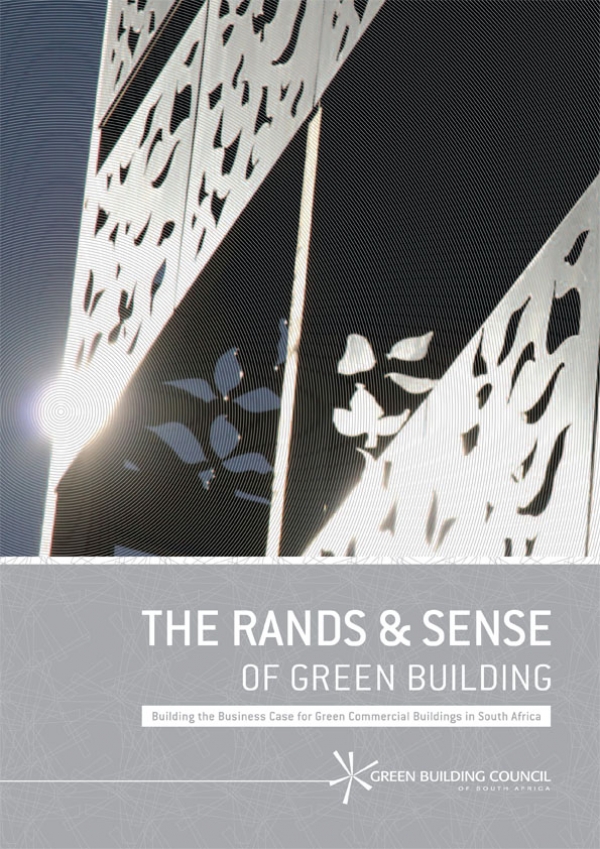
While the report does highlight the barriers to green building in South Africa, it also puts forward a number of recommendations on how the industry could become more sustainable.
The major barrier to green building is the perceived higher cost. Other challenges to building green include a lack of industry skills, the cost and availability of green products and materials, the cheap pricing of energy and water, the lack of incentives for demonstrating best green practice and inadequate or conflicting government regulation (such water reuse approvals).
business case of green building can no longer be ignored
The difficulty with valuing green elements is another issue that needs to be overcome. The valuation industry relies on past evidence of sales prices to determine the appropriate capitalisation rates to use when valuing a property. Until there are a greater number of rated green buildings in South Africa that have been transacted, the full benefits of green buildings may not be reflected in their valuations.
‘Rands and Sense’ gives green building advocates practical evidence and case studies to motivate for green building in South Africa. Documented project-specific case studies demonstrate the benefits of green building. The business case for green building can no longer be ignored - it is compelling.
To order you own copy of this valuable book, fill in the order form and follow the instructions therein.


